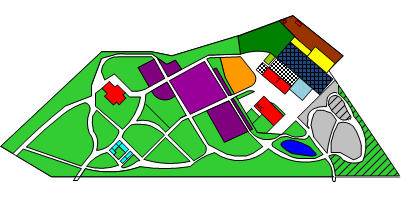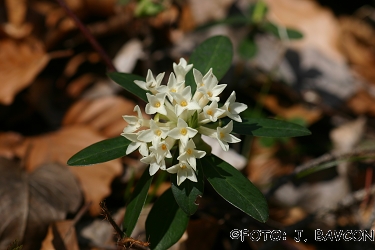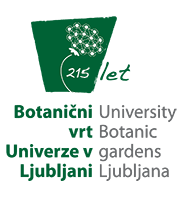



| LATEINISCHER NAME | Daphne blagayana | |
|---|---|---|
| AUTOR | Freyer | |
| SLOVENIAN NAMEN | Blagayev volčin | |
| DEUTSCHEN NAMEN | ||
| GATTUNG | Daphne | |
| FAMILIE (LATEIN) | Thymelaeaceae | |
| FAMILIE (SLOVENIAN) | volčinovke | |
| ORDNUNG | ||
| KLASSE | ||
| STAMM | ||
| REICH | ||
| BLÜEZEIT | april - mai | |
| PRÄVALENZ | JV Evropa | |
| ROTE LISTE | ||
| CITES | ||
| PFLANZEN WACHSEN IN ( | ||
 | ||
| PFLANZEN BILD |
|---|
 |
| Daphne blagayana |
| When on 22 May 1837 Count Richard Ursini von Blagay was brought an unknown flowering plant by one of his peasants, he immediately knew that something important was found. The next day he sent the plant to Henrik Freyer, first curator of the Provincial Museum of Carniola (Kranjski deželni muzej), with a note saying that it was probably a daphne. Freyer assumed it was a new discovery and his very first notes on the plant included the name Daphne Blagayi. But he was cautious. To prevent anybody else from being credited for the discovery, he sent a letter about his assumption to two botanists: Ludwig Reichenbach (1793-1879) in Dresden and David Heinrich Hoppe (1760-1846) in Regensburg. He was not mistaken. His daphne was really a new species. Freyer appropriately renamed it Blagayana. His surname was added to its name to give him credit as the first botanist to have described it. On 14 May the following year, the classic habitat of Daphne blagayana Freyer was visited by Frederick Augustus II of Saxony. Text: J. Bavcon |
ETABLIERUNG MIT TRADITION UNS WISSEN SEIT 1810

BOTANISCHER GARTEN FEIERT - BIODIVERSITÄTSWÄCHTER FÜR 215 JAHRE!